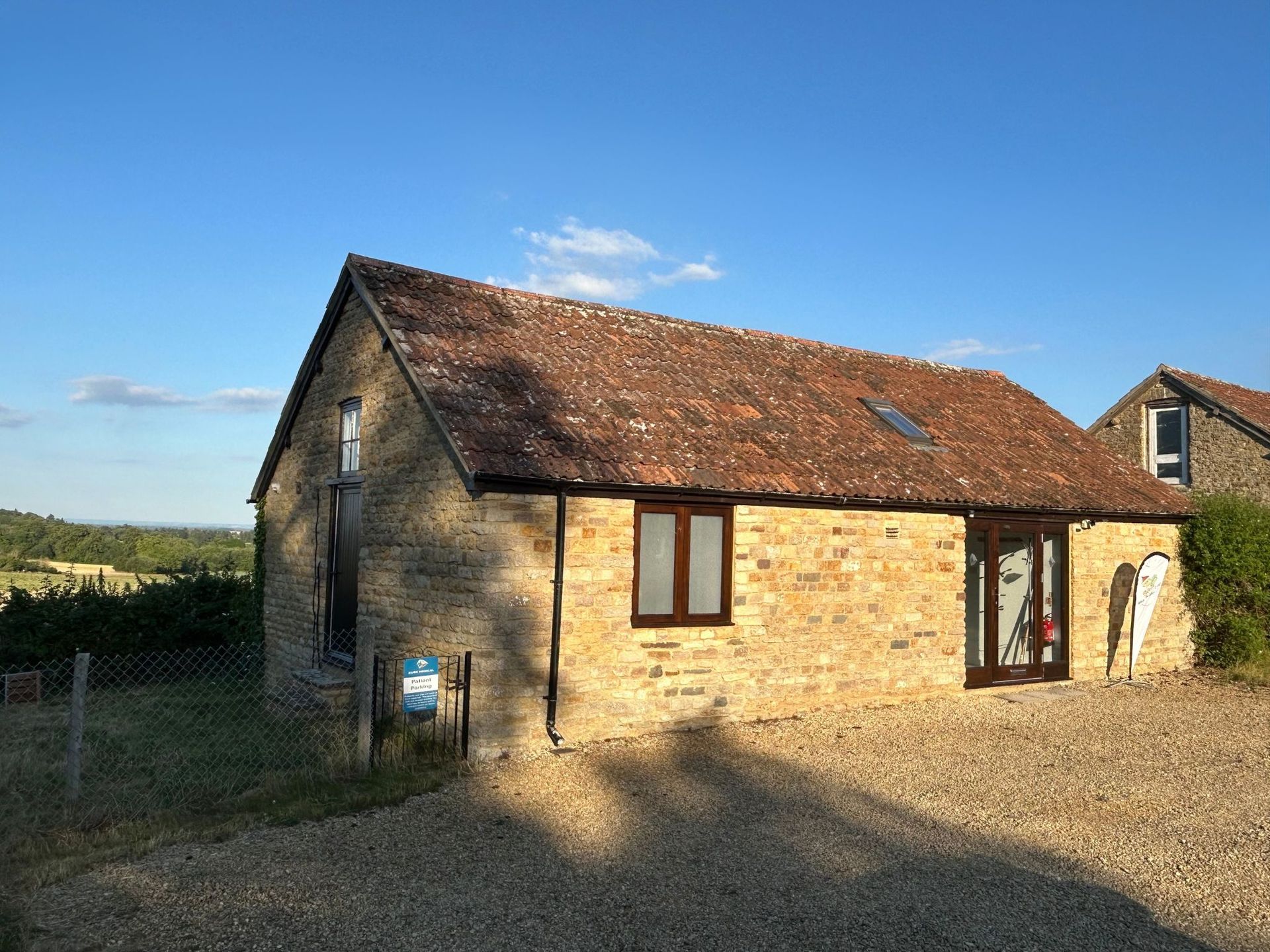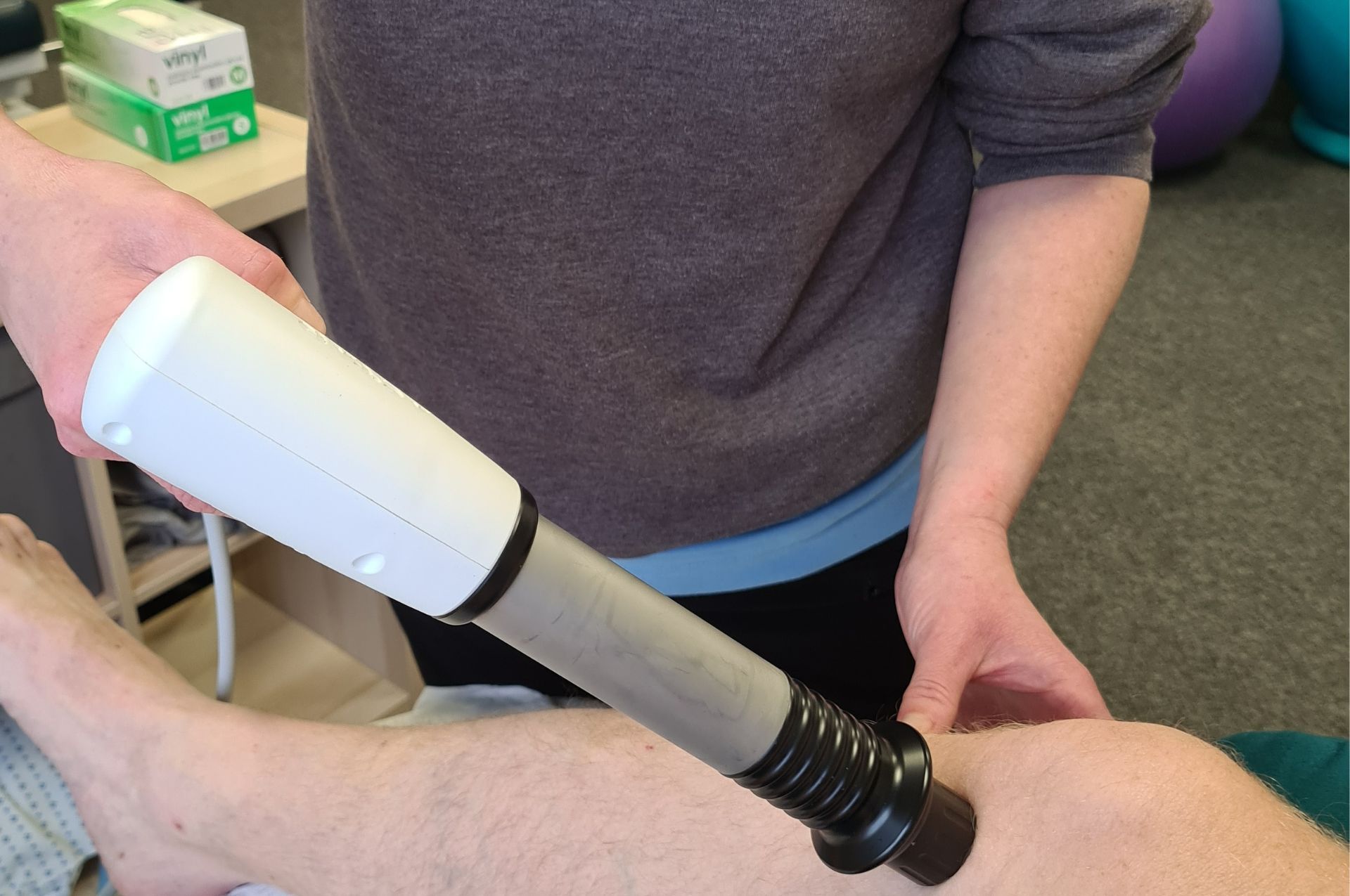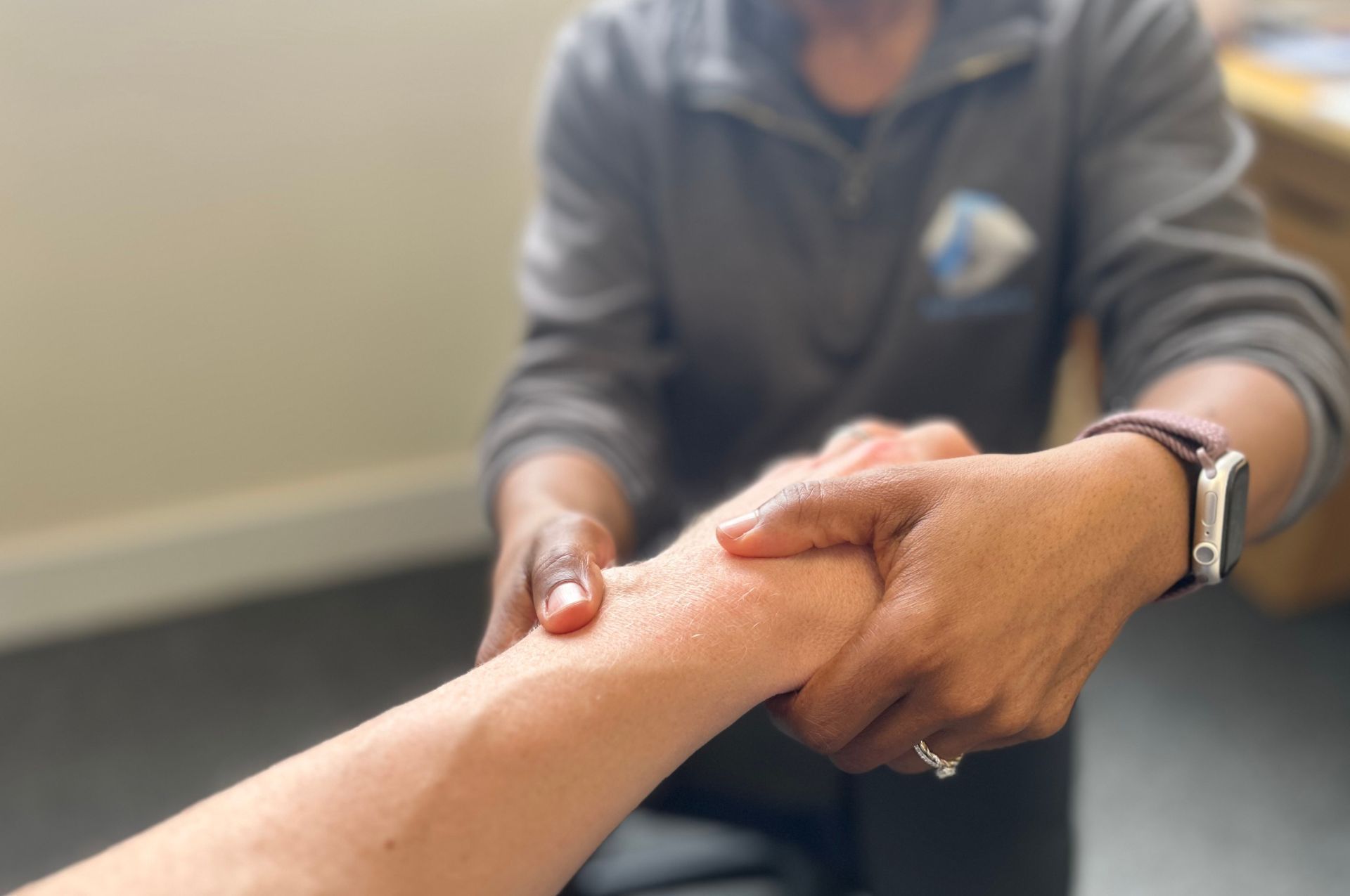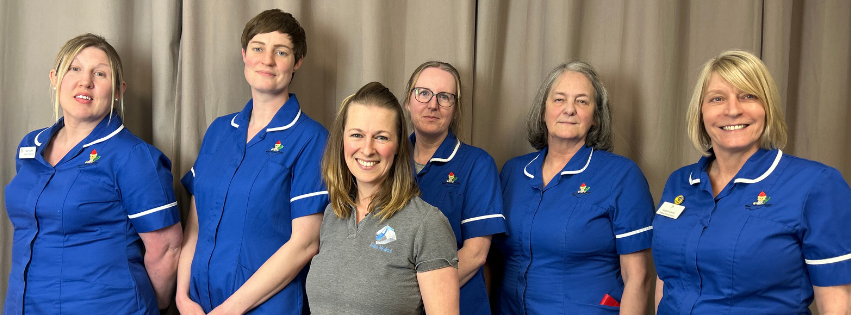What Exactly Is Osteopathic Medicine?
Kube Medical • 29 March 2021
Osteopathic medicine is a holistic approach to achieving and maintaining human health. It relies on the belief that all body systems are interconnected and dependent on each other for overall wellbeing.
Other basic concepts to this type of medicine include:
- That the body has an innate ability to heal itself
- What happens to one body part has the potential to impact another body system hence the need to take an all-rounded approach
Of prime importance in this is the musculoskeletal frame. This refers to the muscle, bone, tendons, ligaments, and connective tissues that make up two-thirds of the body’s mass. Osteopathy
works by manipulating these parts through moving, stretching, and massage to detect, treat and prevent health concerns.
Osteopathy is an alternative form of medicine. Unlike conventional medicine that heavily relies on the use of drugs and surgery, osteopathy focuses on manipulation of the body to heal the body and prevent further injury. This is done in hopes that the patient will no longer need medication or surgical intervention.
The range of patients that can benefit from osteopathic treatments can vary greatly. It can include seniors, manual labourers, office workers, pregnant women, invalids, children, and athletes. A sizable portion of these patients tend to suffer from back-related problems.
On the other hand, people with certain conditions are advised against osteopathic treatments. These include:
- Those with bone conditions like osteoporosis or bone cancer
- Patients with bleeding disorders
- Those with inflammatory joint diseases like arthritis
- Those undergoing radiotherapy and chemotherapy treatments
- Pregnant women that are 8-12 weeks
Be sure to provide full disclosure when consulting an osteopath. Do the same when seeking a referral from your primary care physician who will be best placed to advise you on whether osteopathic treatments are suitable for your health condition.
How Osteopathy Treatment Works
Osteopathy treatments begin much like other conventional treatments. The osteopath takes a full medical history of the patient. The patient is also asked about their symptoms and what other medical care they have received in the past for their problem.
The patient will also be asked about their lifestyle. They should honestly answer any queries about diet, exercise, and work. All of this information will help in determining if osteopathy is the best option.
Appropriate checks on heart rate and breathing will also likely be conducted. As said, manipulation of body parts is used during this exam to identify what areas of the body are in pain, have weakness, strain, or tenderness. This exam may require some hands-on handling of some body parts by the osteopath, or the patient being asked to undertake some simple movements on their own.
After this assessment, the osteopath will discuss with the patient what treatments may be of benefit to their condition. A tentative treatment programme can be arranged to get started and see how the condition progresses.
In some cases, the patient may be requested to undergo further tests or scans to better diagnose the problem. It may also be necessary for determining if osteopathy is suitable for treating the particular ailment.
Osteopathy is a speciality within the medical field. Doctors and practitioners of osteopathic medicine are fully qualified physicians that are trained to diagnose, prescribe medication, and perform surgery. They further specialise in osteopathy to allow them to have a better understanding of how to restore balance amongst the different body systems.
Osteopathic Treatments
There are different types of manipulation used in osteopathic treatments. The choice of treatments will depend on the ailment being treated and the condition of the patient's body. The techniques applied are hands-on and can vary in subtleness and forcefulness to achieve the desired results. The key treatments involve:
- Massage – to release tensions and relax the muscles, tendons and tissues
- Stretching – to open up stiff joints and improve circulation of blood and nerve impulses
- Articulation – this involves the movement of joints through their natural range of motion
- High-velocity thrusts – short and sharp manipulations of the spine which can sometimes produce a popping sound that should not be painful
These treatments can sometimes leave a patient feeling uncomfortable or sore, but should not be painful. As part of a holistic approach to health, the
osteopath
will go over what exercises a person should undertake while at home and other lifestyle changes to work on such areas as posture.
The first treatment session is likely to last up to an hour. Thereafter, sessions should be about thirty minutes. The frequency and length of these sessions will likely depend on how well your body reacts to the treatments and the benefits derived.
They are designed to not only aid in the healing of health problems but also work as a preventative measure against future injuries. Many of the preventative treatments come in the form of advice on exercises that can be done at home and other lifestyle changes. This can include:
- Stretching exercises
- Posture advice
- Breathing exercises
- Lifting techniques
- Stress reduction
Benefits of Osteopathy
Osteopathic treatments primarily rely on the use of touch, physical manipulation, stretching, and massage to work on joints and muscles. These treatments offer a good selection of benefits including:
- Relief from back pain and other muscle tensions
- Enhanced blood and nerve supply to various tissues that aid in healing and strengthening
- Faster recovery from surgery, helping to shorten hospital stays and reliance on painkillers
- Improved posture to aid in recovery and improved quality of life
- Better sleep that reduces incidents of insomnia and sleep apnoea in children
- Improved body function and overall health
- Preventative measures to reduce the likelihood of future injuries and health problems, and thus the need for medicines and surgical interventions later on
Osteopathic medicine can be highly effective in the treatment of a variety of pain conditions and in aiding recovery. Particularly for problems related to the musculoskeletal system. The treatments should only be administered by a duly qualified and licensed osteopath with the requisite training to undertake the relevant manipulations.

Faringdon, Oxfordshire – 30th June 2025 – Kube Medical, a leading provider of integrated musculoskeletal care, is proud to announce the opening of its second clinic at Wicklesham Lodge Farm in Faringdon on 1st July 2025. Known for its collaborative and patient-first approach, Kube Medical brings its award-winning services to Faringdon and the surrounding rural communities.

Like many businesses in healthcare, we sometimes receive feedback that is difficult to read — not because it challenges us, but because it doesn’t reflect the care and intention with which our team works every day. Recently, a negative review was shared online that has been mentioned by both current and prospective patients. While we always value constructive feedback and use it to review our processes, I wanted to take a moment — from my perspective as a non-clinical Director — to clarify how we work, and the values that guide our decisions when it comes to patient care.

As a Physiotherapist with over six years of experience working with athletes, I've encountered a pattern that’s all too familiar — the dedicated, driven sports person who finds themselves stuck in limbo after an injury. One particular case stands out, and it’s a scenario I see frequently, especially with individuals recovering from sports injuries in Swindon.

Every so often, I come across someone who’s been told, or believes, they have cervical kyphosis. It’s a term that sounds serious and often sparks fear, confusion, or a sudden identity shift: “I have a curved neck; I must be broken.” Today, I saw just that—someone on social media seeking help after self-diagnosing with cervical kyphosis.

If you have private health insurance with Bupa, Axa, Aviva, Vitality, or WPA, you may be eligible to receive Chiropractic, Osteopathy, or Physiotherapy treatment at Kube Medical in Swindon. Many health insurance policies cover musculoskeletal treatments, but it’s important to understand how the process works, what is covered, and how to make a claim.
This guide will walk you through the insurance process, what treatments are covered, and how to book an appointment using your insurance.






